Understanding Emergency Escape Breathing Device (EEBD) Before Buying one
An Emergency Escape Breathing Device (EEBD) is life saving appliance which is used for escaping an area with hazardous conditions such as fire, smoke, poisonous gases etc. As the name mentions, it is used for quick escape from a situation wherein the individual has to swiftly vacate his immediate surroundings, i.e., it is a self-contained compressed air apparatus for escape from a contaminated environment. The accommodation area mandates the carriage of at least two EEBDs whereas the engine room carriage depends on the layout along with the number of personnel in the space, both complying with amendments of chapter -3 of Fire system safety code (FSSC). It is important to understand the construction and working of EEBD before buying one.
As with most other breathing apparatus onboard, the EEBD has an audible alarm that indicates the depletion of available air at around 10 minutes of usage time, giving the wearer time to evacuate his hazardous surroundings. It is important to note that the EEBD is NOT a fire fighting equipment and is in place ONLY to assist the individual in vacating his immediate surroundings. It should never be, under any circumstances, be used to fight fire or evacuate casualties.
Constructional Features of EEBD
EEBD includes the following:
- Cylinder: This is a compressed air cylinder that with a capacity of about 600 litres lasting at least 15 minutes of breathing time. The cylinder is charged with breathing air compressor and suitable adapter will be used to charge it or it may be charged by an external authority in port
- Hood & face piece: This is the part that supplies oxygen to the wearer from the cylinder and covers his head and face when evacuating
- Clear window: A clear window is provided in the face piece and is made up of flame resistant material for clear sighting and smooth escaping. Also referred to as the visor, this is in place to ensure maximum practicable visiibility
- Pressure Indicator: This is in place to know the remaining pressure and to know when to recharge the air in it.
SOLAS Requirement
- EEBD shall comply with Fire system safety code and a spare EEBD must be kept onboard ship for the purposes of onboard training aside from those that present to evacuate a designated space
- EEBD should be approved by the authority.
- All cargo ships must carry at least 2 EEBD in the accommodation area.
- All passenger ship must carry at least two EEBD in main vertical zones.
- For ships carrying more then 36 passengers, two EEBD’s are additionally required in each main vertical zone.
- EEBD is to be located in easily visible areas of machinery spaces, mostly in engine control room, workshop and near escape routes.
- Brief instruction for operation and usage is given with diagrams or pictures.
Maintenance
- Check the indicator needle is in the green zone thus ensuring that no leak has taken place. This should be done monthly
- Keep the device case clean. This is also to be done monthly
- Check and record expiry dates. An EEBD is typically valid for about 15 years
- Do not open an EEBD in a designated area. Use the training piece for the purposes of training
The EEBD should be stored with suitable protection devices and in easy accessible areas. The maintenance of EEBD is done by shore people or manufacturers only as it has got a shelf life.
You may also like to read – The Automated External Defibrillator: Saving Lives – At Sea
Do you have info to share with us ? Suggest a correction
Latest Ship Safety Articles You Would Like:

About Author
Shilavadra Bhattacharjee is a shipbroker with a background in commercial operations after having sailed onboard as a Third Officer. His interests primarily lie in the energy sector, books and travelling.
Subscribe To Our Newsletters
By subscribing, you agree to our Privacy Policy and may receive occasional deal communications; you can unsubscribe anytime.



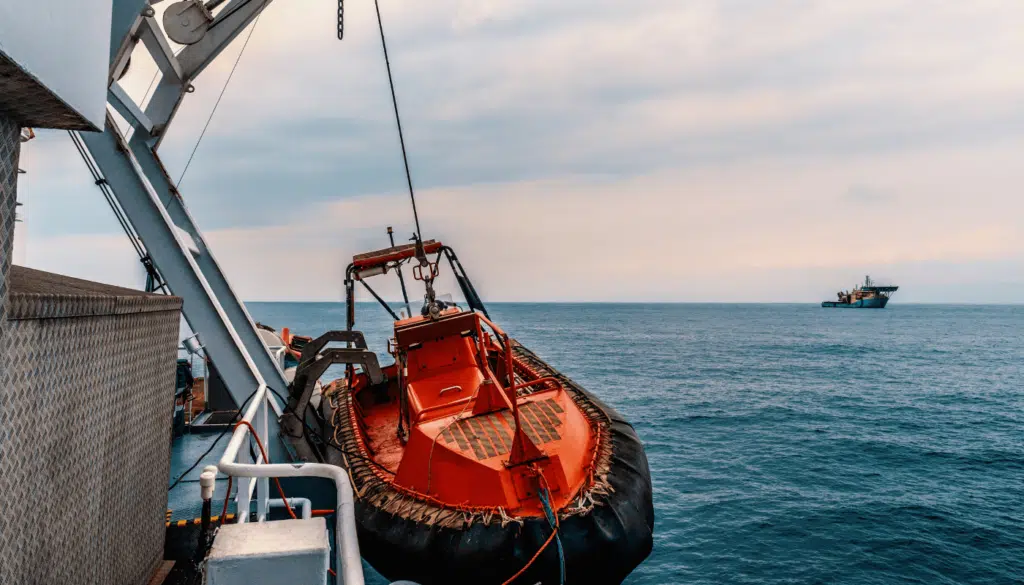
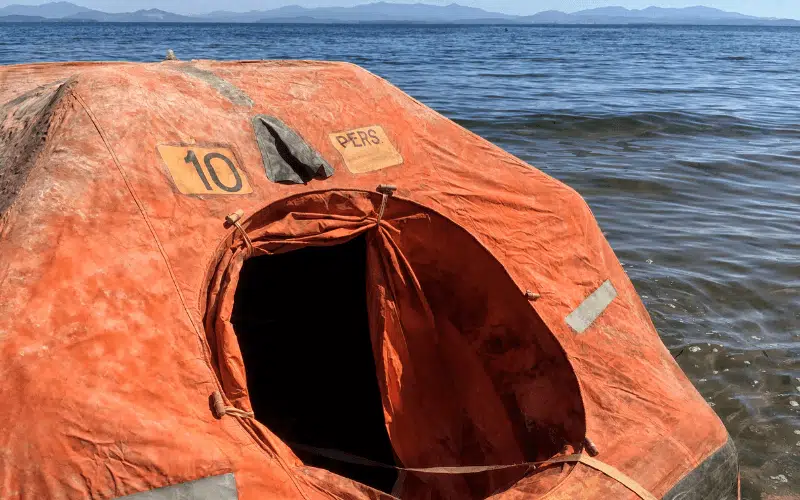
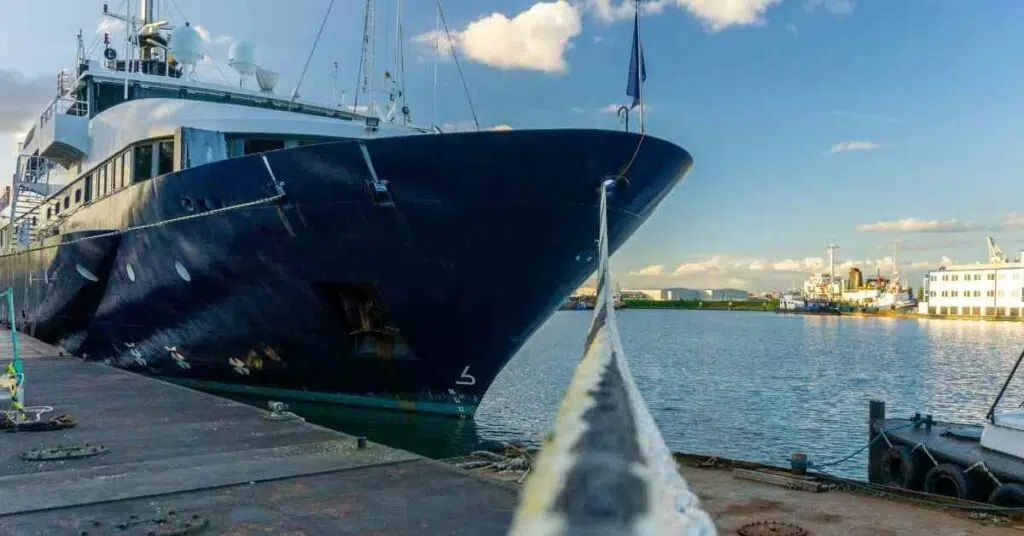
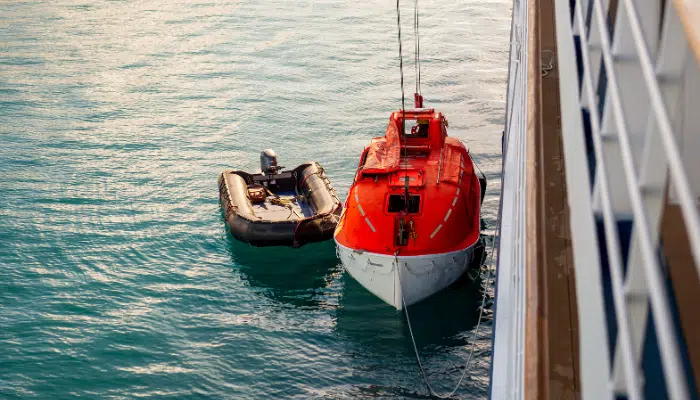
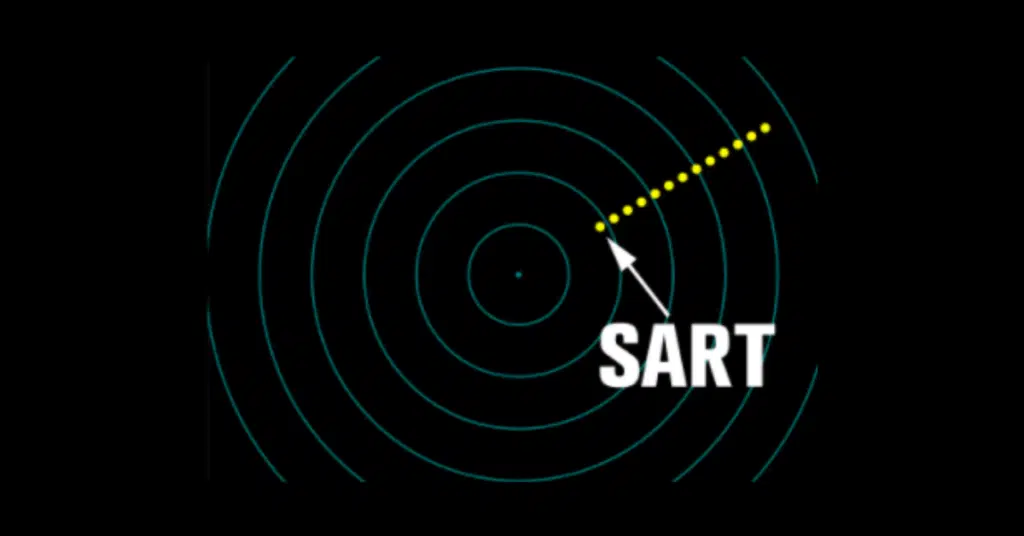

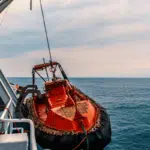


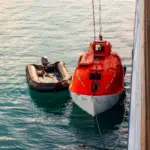
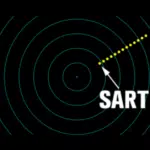
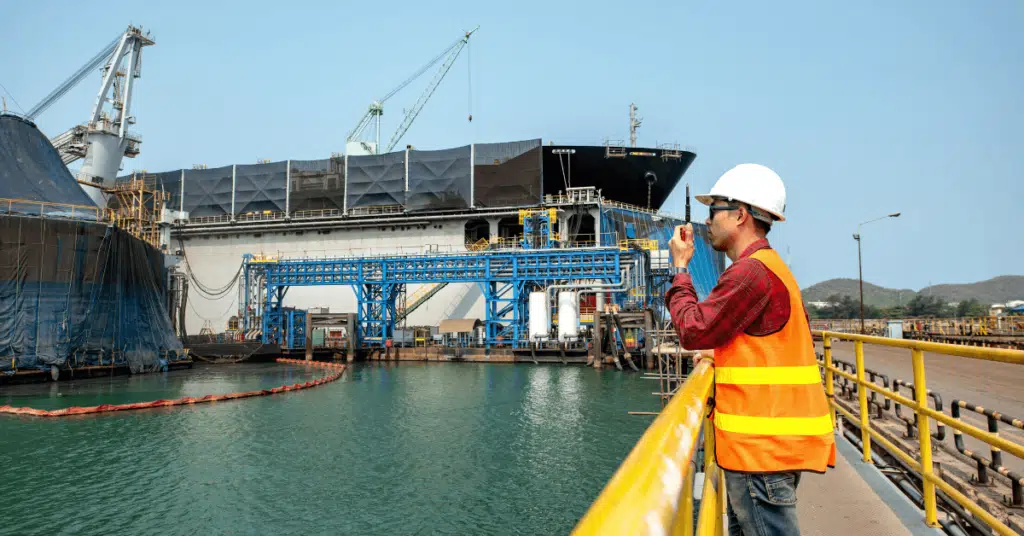
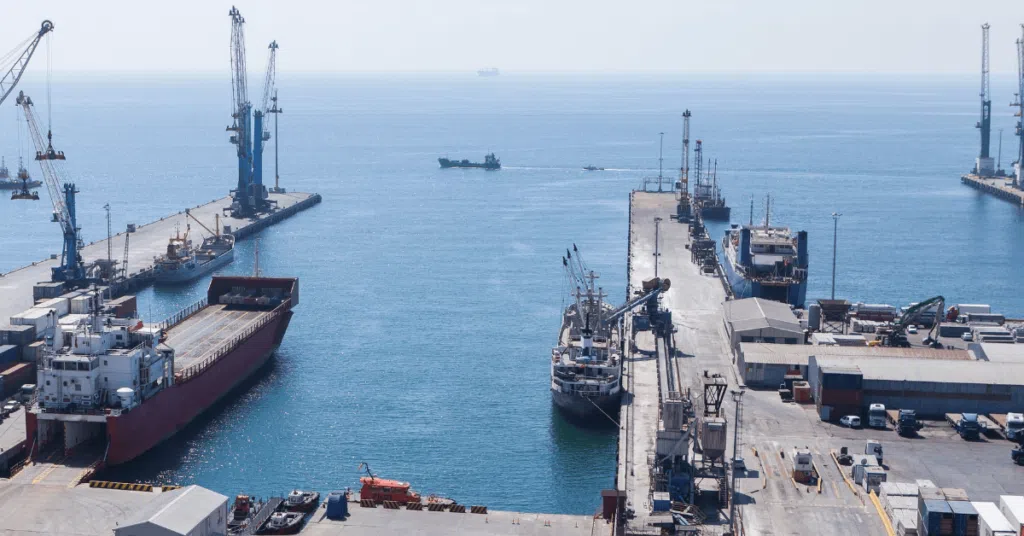
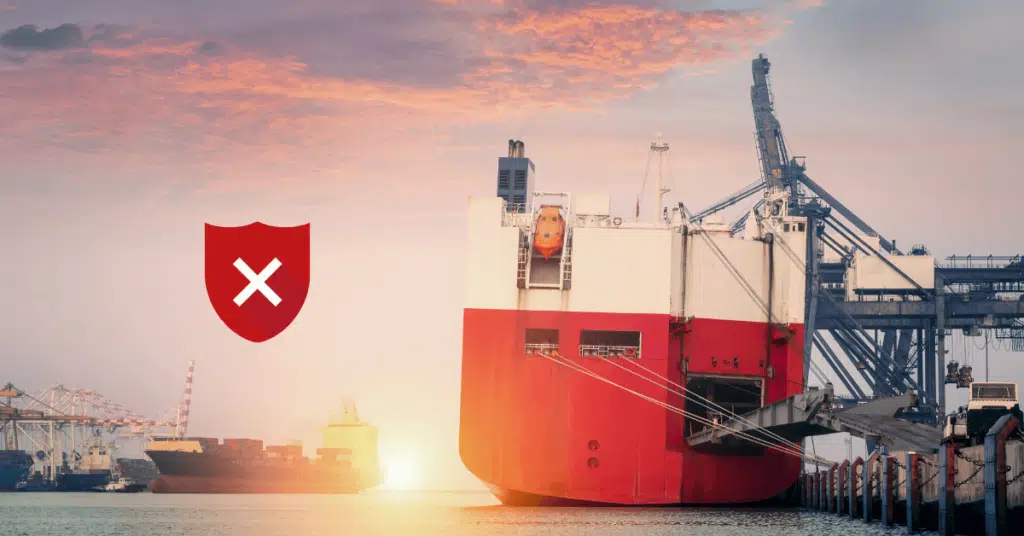
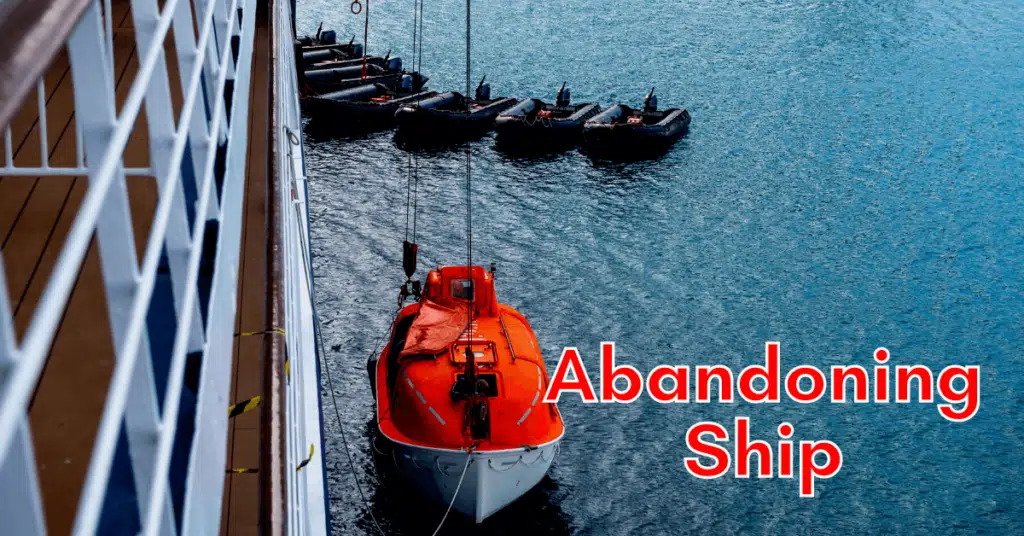
]-
sir pls write what are the precheck before using the eebd.
good day
please inform how many EEBD need on board the vessel with under and above 1000 GRT.
and are they need to be confirmed by the class or report is sufficient .
eebd does not have a demand valve.
how can u get rid of old expired EEBD”S I have 2200 of them….
please can i recharge eebd with normal air compressor used for scba.
How can we carry out alarm testing on an EEBD? Is the method similar to SCBA?
Why shall not using the EEPD for fire fighting ?
@AHK: As the name suggest, it is for escape purpose only. The sole reason behind it being less capacity container, which is light in weight and easy for the user to carry. As the capacity is very less, it cannot be used for strategic fire fighting purpose.
Great writing sir